| In vitro: |
| Lett Appl Microbiol. 2014 Aug;59(2):161-8. | | Growth inhibitory effects of gossypol and related compounds on fungal cotton root pathogens.[Pubmed: 24713043] | The effect of the terpenoids Gossypol, 6-methoxyGossypol, 6,6'-dimethoxyGossypol, Gossypolone and apoGossypolone on growth of fungal soil pathogens was investigated.
METHODS AND RESULTS:
The compounds were tested at a concentration of 100 μg ml(-1) in a Czapek Dox agar medium at 25°C. Gossypol, Gossypolone and apoGossypolone demonstrated strong growth inhibitory activity (≥90%) against Pythium irregulare, Pythium ultimum and Fusarium oxysporum. These same terpenoids provided good growth inhibition against most Rhizoctonia solani isolates. Methylated Gossypol derivatives generally yielded reduced growth inhibition against the tested fungi compared with Gossypol. Dose-response effects of Gossypol, Gossypolone and apoGossypolone were determined over a concentration range of 5-100 μg ml(-1) against P. irregulare CR1, P. ultimum ATCC 56081 and R. solani CR15. At lower concentrations, Gossypol proved to be a more potent growth inhibitor of P. irregulare (ED50 = 4 μg ml(-1) ) and P. ultimum (ED50 = 13·2 μg ml(-1) ) than the other tested compounds. Rhizoctonia solani CR15 was more resistant to growth inhibitory effects of all tested terpenoids (ED50 = 35-43 μg ml(-1) ).
CONCLUSIONS:
This work demonstrates that Gossypol is an effective natural antimicrobial agent against a wide range of potential fungal pathogens of cotton. Relative to Gossypol, methylated Gossypol derivatives that are also found naturally in root tissue were less effective at inhibiting the growth of soil fungal pathogens. However, by virtue of their significant concentration in root tissue, they still may contribute to cotton defence. | | J Biol Chem. 2014 Jun 6;289(23):16190-9. | | Gossypol increases expression of the pro-apoptotic BH3-only protein NOXA through a novel mechanism involving phospholipase A2, cytoplasmic calcium, and endoplasmic reticulum stress.[Pubmed: 24778183] | Gossypol is a putative BH3 mimetic proposed to inhibit BCL2 and BCLXL based on cell-free assays.
METHODS AND RESULTS:
We demonstrated previously that Gossypol failed to directly inhibit BCL2 in cells or induce apoptosis in chronic lymphocytic leukemia (CLL) cells or platelets, which require BCL2 or BCLXL, respectively, for survival. Here, we demonstrate that Gossypol rapidly increased activity of phospholipase A2 (PLA2), which led to an increase in cytoplasmic calcium, endoplasmic reticulum (ER) stress, and up-regulation of the BH3-only protein NOXA. Pretreatment with the PLA2 inhibitor, aristolochic acid, abrogated the increase in calcium, ER stress, and NOXA. Calcium chelation also abrogated the Gossypol-induced increase in calcium, ER stress, and NOXA, but not the increase in PLA2 activity, indicating that PLA2 is upstream of these events. In addition, incubating cells with the two products of PLA2 (lysophosphatidic acid and arachidonic acid) mimicked treatment with Gossypol. NOXA is a pro-apoptotic protein that functions by binding the BCL2 family proteins MCL1 and BFL1. The BCL2 inhibitor ABT-199 is currently in clinical trials for CLL. Resistance to ABT-199 can occur from up-regulation of other BCL2 family proteins, and this resistance can be mimicked by culturing CLL cells on CD154(+) stroma cells.
CONCLUSIONS:
We report here that AT-101, a derivative of Gossypol in clinical trials, overcomes stroma-mediated resistance to ABT-199 in primary CLL cells, suggesting that a combination of these drugs may be efficacious in the clinic. |
|
| In vivo: |
| Poult Sci. 2014 Aug;93(8):2000-9. | | Effects of dietary gossypol concentration on growth performance, blood profiles, and hepatic histopathology in meat ducks.[Pubmed: 24902707] | The objective of this study was to determine the effects of Gossypol from cottonseed meal (CSM) on growth performance, blood biochemical profiles, and liver histopathology of ducks.
METHODS AND RESULTS:
A total of 900 1-d-old ducks were randomly allocated to 5 treatments with 12 pens/treatment and 15 ducks/pen. The 5 experimental diets were formulated in such a way that 0% (a corn-soybean meal basal diet, diet 1), 25% (diet 2), 50% (diet 3), 75% (diet 4), and 100% (diet 5) of protein from soybean meal were replaced with that from CSM. All diets were formulated on a digestible amino acid basis. The experiment included 2 phases, the starter phase (1 to 3 wk) where the test diets contained graded levels of CSM and the growth phase (4 to 5 wk) where birds were fed a corn-soybean basal diet to examine the recovery of ducks after CSM withdrawal. Dietary CSM and Gossypol linearly (P < 0.01) and quadratically (P < 0.01) decreased ADG and ADFI during d 1 to 14. The threshold of daily total Gossypol (TG) and free Gossypol (FG) intake based on ADG on d 1 to 7 and d 7 to 14 were 32.20 and 2.64 mg/d, and 92.12 and 9.62 mg/d, respectively. Serum alanine aminotransferase increased (P < 0.05) linearly with increasing level of Gossypol in the diets (d 7), whereas aspartate aminotransferase increased (P < 0.05) linearly and quadratically (d 14). Serum albumin concentration decreased (P < 0.05) quadratically with increasing dietary CSM concentrations on d 21. The degree of damage to the liver increased markedly with increasing dietary CSM and Gossypol content and the length of CSM and Gossypol intake. On d 35, there was no difference on BW and blood profiles of ducks among all treatments.
CONCLUSIONS:
These results suggest that meat ducks' dietary TG and FG concentration should be lower than 928.9 and 77.2 mg/kg, respectively, during d 1 to 21 of age and that a 2-wk withdrawal of diets containing Gossypol should be considered. |
|


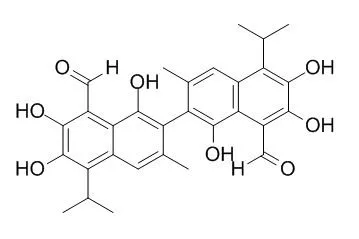

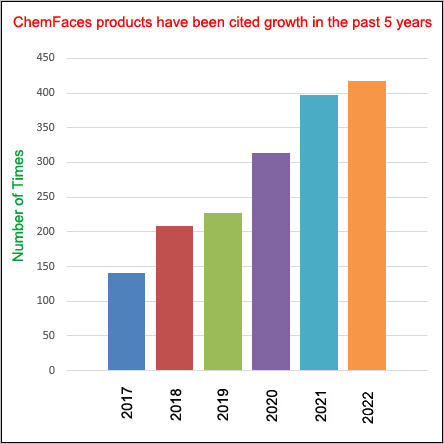
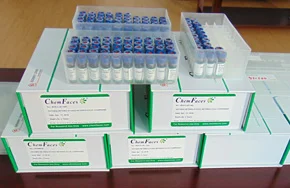
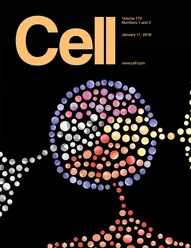 Cell. 2018 Jan 11;172(1-2):249-261.e12. doi: 10.1016/j.cell.2017.12.019.IF=36.216(2019)
Cell. 2018 Jan 11;172(1-2):249-261.e12. doi: 10.1016/j.cell.2017.12.019.IF=36.216(2019)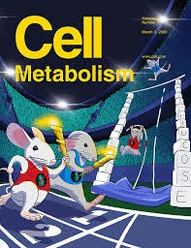 Cell Metab. 2020 Mar 3;31(3):534-548.e5. doi: 10.1016/j.cmet.2020.01.002.IF=22.415(2019)
Cell Metab. 2020 Mar 3;31(3):534-548.e5. doi: 10.1016/j.cmet.2020.01.002.IF=22.415(2019)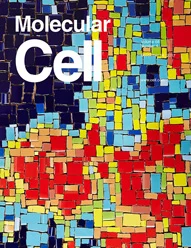 Mol Cell. 2017 Nov 16;68(4):673-685.e6. doi: 10.1016/j.molcel.2017.10.022.IF=14.548(2019)
Mol Cell. 2017 Nov 16;68(4):673-685.e6. doi: 10.1016/j.molcel.2017.10.022.IF=14.548(2019)